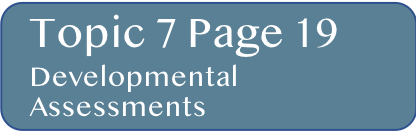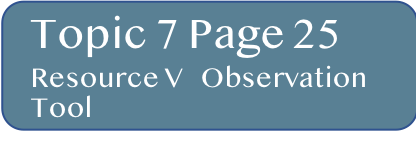Sentry Page Protection
Unit 7 Student Login 
Unit 7 Student Login
Welcome, (First Name)!
Enter Member Area
(Unit 7) Topic 7: Observing, Recording and Looking Ahead
3 Clock Hours of Early Childhood Education




























